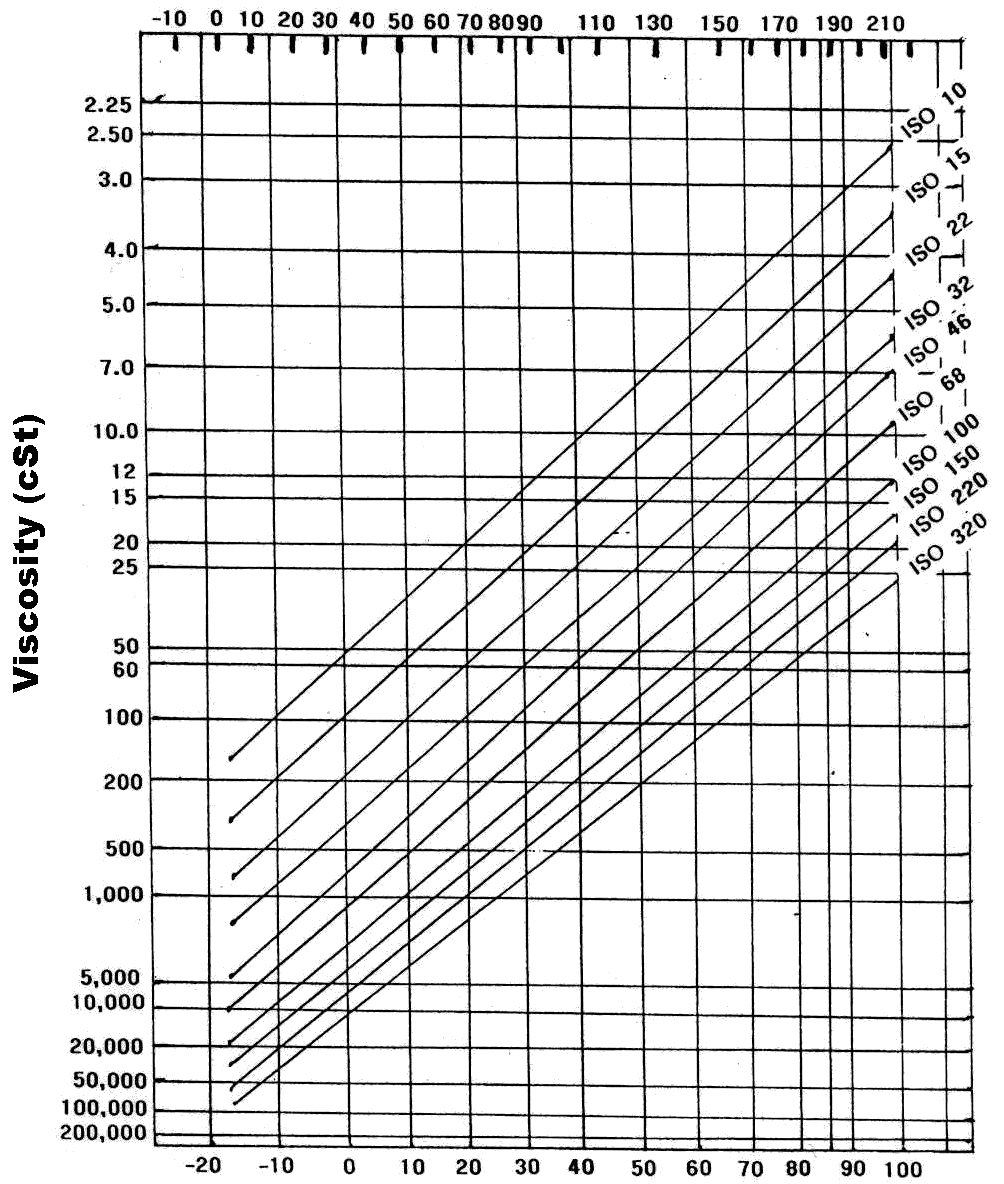

The viscosity measures the resistance of gradual deformation by shear stress. Viscosity is simply defined as the resistance of the fluid to flow while placed on a surface.

It is a measure of resistance or hindrance that a fluid shows when it is acted upon by a shear deforming stress (external force). Kinematic viscosity = Absolute Viscosity / density. You need not confused with the kinematics viscosity which is a ratio of dynamic or absolute viscosity to density. When we heat a viscous fluid, the resistance to flow between its various layers decreases and thus its viscosity also decreases, resulting in the ease of flow of the fluid. The reason behind this is the viscous force that resists the various layers of oil drop from sliding one over the other and hence the motion is restricted. But oil is more viscous than water and thus when when we put a drop of water and oil on a slant surface, water will move downwards more quickly than the oil drop. When you mix oil and water, oil tends to spread as a thin film on the top of the water surface since water is much denser than oil. When density is the mass per unit volume of an object, viscosity is the force that comes into play between various layers of a fluid during is motion. There is no relationship between viscosity and density of a fluid. More thick a liquid is, more slowly it will flow'. In a laymen's language it is the degree of thickness of the fluid. It can be regarded as the internal resistance between the layers of the fluid. Viscosity is the resistance that a fluid shows when it is made to flow over a surface. Thus, we need to also consider temperature effects, while selecting oil for any particular applications. At higher temperature, oil from the working device (like rotating machine) drains due to thinning (decreased viscosity). The viscosity of gas increase as the temperature increases.Į.g. Thus, Kinematic Viscosity = Dynamic Viscosity/DensityĮffect of temperatureViscosity of liquid increases as the temperature decreases while for gas, it works in reverse way. The kinematic viscosity value can be found by dividing dynamic viscosity by density of each fluid. The above values are dynamics viscosity values. You can call it as 'thin' if the viscosity of that fluid is low and 'thick' if the viscosity of that fluid is high.Īt room temperature viscosity of water is 1 mPa.Sec and for vegetable oil is 57 mPa.Sec. for example, if you put the water and oil in the same pipe and imparts the same velocity by means of pump, water will flow faster than oil because of lesser viscosity than oil. If a fluid is having more viscosity or a more viscous fluid, it will experience more resistance during flow. First of all Definition: What is viscosity? A Viscosity is a measure of resistance between two immediate fluid layers in any fluid.


 0 kommentar(er)
0 kommentar(er)
